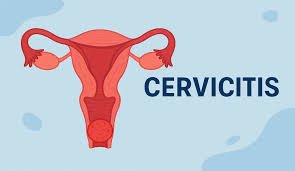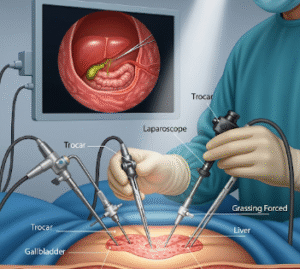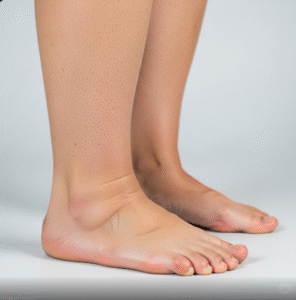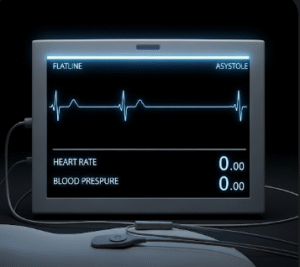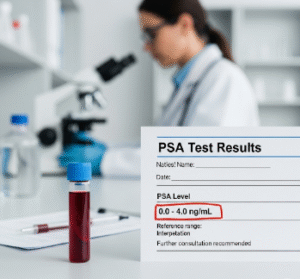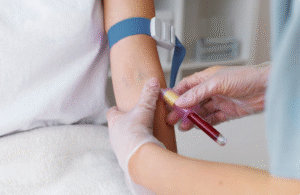➤ Overview
Scleral icterus is a medical sign characterized by a yellowing of the sclera, the white part of the eyes. This yellow discoloration is caused by increased bilirubin levels in the bloodstream, often due to liver dysfunction, bile duct obstruction, or hemolytic disorders. While the yellow eyes themselves may not cause discomfort, scleral icterus can indicate serious underlying conditions that require timely medical attention.
In South Korea, scleral icterus is commonly evaluated by hepatologists, gastroenterologists, and general physicians, who assess both the eyes and systemic health to determine the root cause. Early detection is important because scleral icterus can be an early indicator of liver disease, hepatitis, or gallbladder problems.
➤ Key Facts
→ Scleral icterus results from excess bilirubin in the blood.
→ The yellowing typically appears first in the sclera before the skin.
→ Can be caused by liver disease, hemolysis, or bile duct obstruction.
→ Often accompanied by dark urine or pale stools.
→ Early recognition allows timely treatment of underlying causes.
→ In Korea, blood tests, liver function tests, and imaging are standard diagnostic tools.
→ Treatment focuses on resolving the underlying condition, not just the eye discoloration.
➤ What is Scleral Icterus?
Scleral icterus is a visible yellowing of the sclera due to the accumulation of bilirubin, a byproduct of red blood cell breakdown. Normally, bilirubin is processed by the liver and excreted in bile. When the liver is unable to metabolize bilirubin efficiently, or bile flow is obstructed, bilirubin accumulates in the bloodstream, depositing in tissues like the sclera.
This condition is not a disease itself, but a clinical sign that may signal underlying liver, blood, or gallbladder disorders. Korean doctors treat scleral icterus as a diagnostic clue that helps identify systemic conditions requiring further investigation.
➤ What Symptoms are Related to Scleral Icterus?
Scleral icterus is often accompanied by other signs and symptoms, which can help determine the underlying cause:
→ Yellowing of the skin (jaundice).
→ Dark-colored urine due to excess bilirubin excretion.
→ Pale or clay-colored stools if bile flow is obstructed.
→ Fatigue or weakness due to liver dysfunction or anemia.
→ Abdominal pain or tenderness, especially in liver or gallbladder disease.
→ Nausea, vomiting, or loss of appetite.
→ Itching (pruritus), often associated with cholestasis or bile duct problems.
➤ What Causes / Possible Causes?
Scleral icterus can result from pre-hepatic, hepatic, or post-hepatic conditions:
→ Liver diseases – Hepatitis, cirrhosis, or liver failure can reduce bilirubin metabolism.
→ Gallbladder or bile duct obstruction – Gallstones or tumors block bile flow, leading to bilirubin buildup.
→ Hemolytic disorders – Excessive breakdown of red blood cells increases bilirubin production.
→ Genetic disorders – Conditions like Gilbert’s syndrome cause mild bilirubin elevation.
→ Medication-induced liver injury – Certain drugs can impair liver function.
→ Infections – Viral hepatitis (A, B, or C) or other systemic infections affecting the liver.
→ Alcohol-related liver damage – Chronic alcohol intake can impair bilirubin processing.
➤ When Should I See My Doctor?
Scleral icterus is often a warning sign and should prompt a medical evaluation, especially if:
→ The yellowing appears suddenly or worsens rapidly.
→ Accompanied by abdominal pain, nausea, or vomiting.
→ There are dark urine or pale stools.
→ Associated with fatigue, unexplained weight loss, or fever.
→ There is a history of liver disease, hepatitis exposure, or alcohol abuse.
→ The yellowing persists longer than a few days.
➤ Care and Treatment
Treatment focuses on addressing the underlying cause of bilirubin accumulation. Supportive care may also help manage symptoms:
→ Medical evaluation and liver function tests to identify cause.
→ Treatment of liver disease – Antiviral therapy for hepatitis, or management of cirrhosis.
→ Surgical or interventional procedures – Removal of gallstones or relief of bile duct obstruction.
→ Medication adjustments – Stopping drugs that harm the liver.
→ Supportive care – Adequate hydration, rest, and a liver-friendly diet.
→ Monitoring – Regular follow-ups and blood tests to track bilirubin levels.
➤ Treatment Options in Korea
South Korea provides advanced diagnostic and treatment options for scleral icterus and its underlying causes:
Diagnosis in Korea
→ Comprehensive blood tests including liver function panels and bilirubin levels.
→ Imaging – Ultrasound, CT, or MRI to assess liver, gallbladder, and bile ducts.
→ Viral hepatitis screening and other infectious evaluations.
Medical Treatments in Korea
→ Antiviral medications for hepatitis B or C.
→ Liver-protective medications for chronic liver conditions.
→ Supportive care for nutritional optimization and symptom management.
Surgical & Advanced Therapies in Korea
→ Endoscopic or surgical procedures to remove gallstones or relieve bile duct obstruction.
→ Liver transplantation in severe liver failure.
→ Minimally invasive interventions for bile duct tumors or strictures.
Rehabilitation & Support in Korea
→ Lifestyle counseling – diet modification, alcohol cessation, and weight management.
→ Regular monitoring by hepatologists and gastroenterologists.
→ Integrated approaches combining Western medicine with traditional Korean therapies such as acupuncture or herbal medicine to support liver function.


